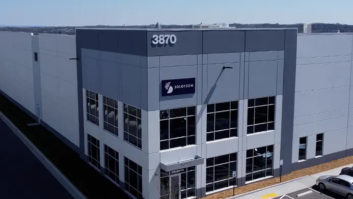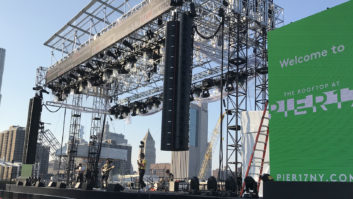There comes a point in most artist’s careers, whether a local act hopping around the mid-Atlantic region or an international superstar on a sold-out, worldwide arena tour, where the desire for just a little more control begins to creep in. There might be a few albums out, some early success, a growing confidence in their skills, or a simple need to bust out and forge a new direction. But all artists eventually feel the need. They’re artists, after all. They make the art.
Heck, most people feel the need to expand their notion of career at some point in their lives. An architect might form his or her own shop after years at a “job.” A sales rep might create a new agency. Or an engineer might open their own studio. In the music industry, especially at the high end and especially in Nashville, where the machinery behind the album-promo-tour cycle can be overwhelming, taking real control of your own career is not often as simple as it sounds. Lots of other people are involved.
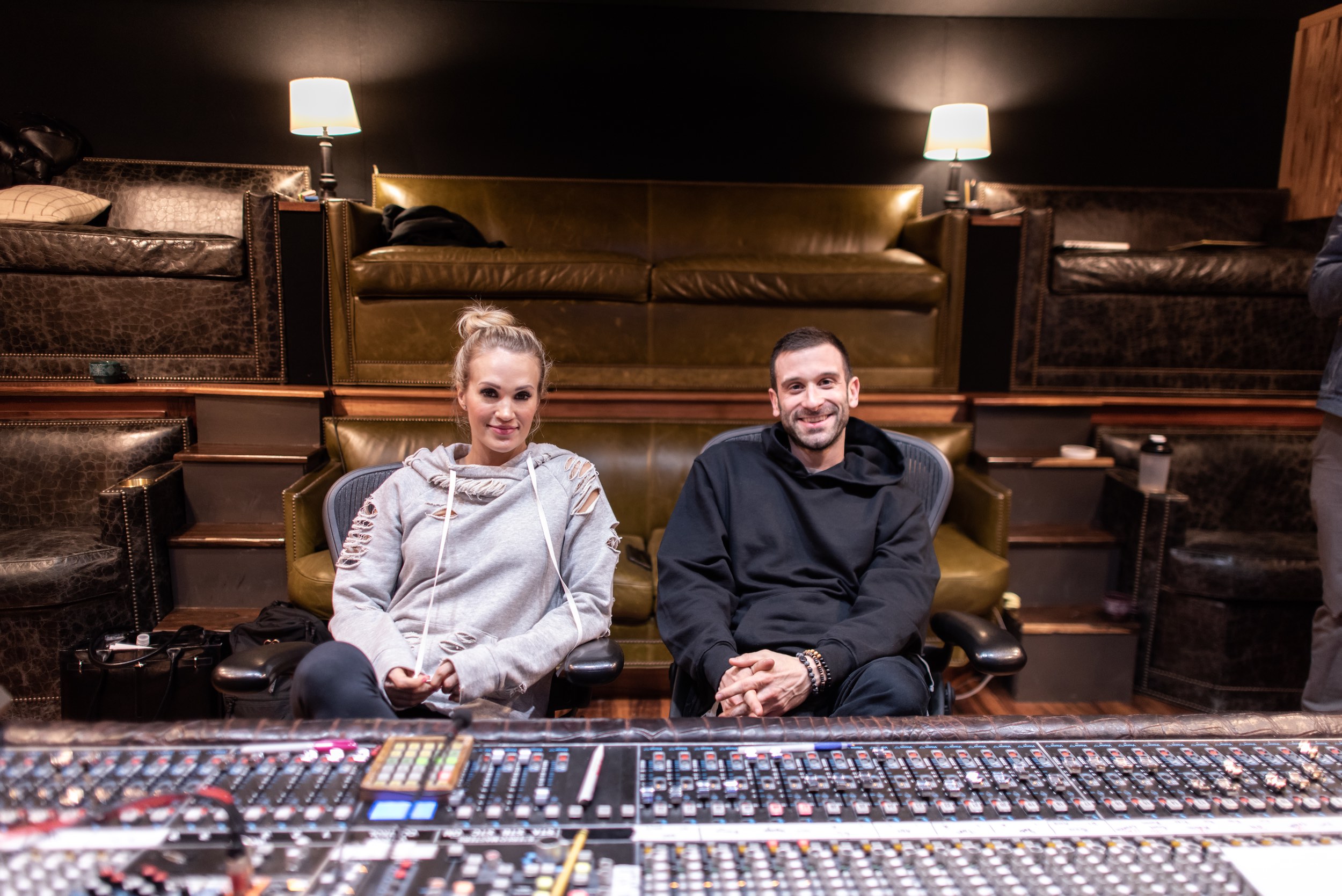
Now imagine what it’s like to be Carrie Underwood. In 2005, she exploded onto the scene as the winner of American Idol season 4, shortly followed by a first record, Some Hearts, and a 2007 Grammy Award for Best New Artist and Best Female Country Vocal Performance for “Jesus, Take the Wheel.” She won a third Grammy in 2008 for Best Female Country Vocal Performance for “Before He Cheats.” In 2009, she won Best Female Country Vocal Performance for “Last Name,” off of Carnival Ride, and won again in 2010 for Best Country Collaboration with Vocals for “I Told You So” with Randy Travis.
She was on a superstar path from the get-go, and she has described that first year as “a whirlwind.” But from that point on, little by little, she started to take control of her artistic career, confident in her country roots and driven by her cross-genre, cross-media vision. This year marked her 11th time hosting the CMA Awards with Brad Paisley. She has opened Sunday Night Football for seven seasons, and in the interim she’s sold 64 million records, won seven Grammy Awards, had 26 Number One singles and been streamed nearly 3 billion times. She writes and co-writes much of her material, and always has.
Now, with the September 2018 release of Cry Pretty, she is a producer, too.
It Starts With the Songs
“This is my sixth album, and with each one I’ve become more and more involved,” Underwood says. “It’s simply that you come to know more about what you want as you keep doing it. My first album was sort of a whirlwind. On my second record (Carnival Ride), I started to learn more about, ‘Who am I, and who do I want to be? How do I want to sound?’ I started to think about my vocals and the artistry behind it. Not just singing. I was comfortable with singing.
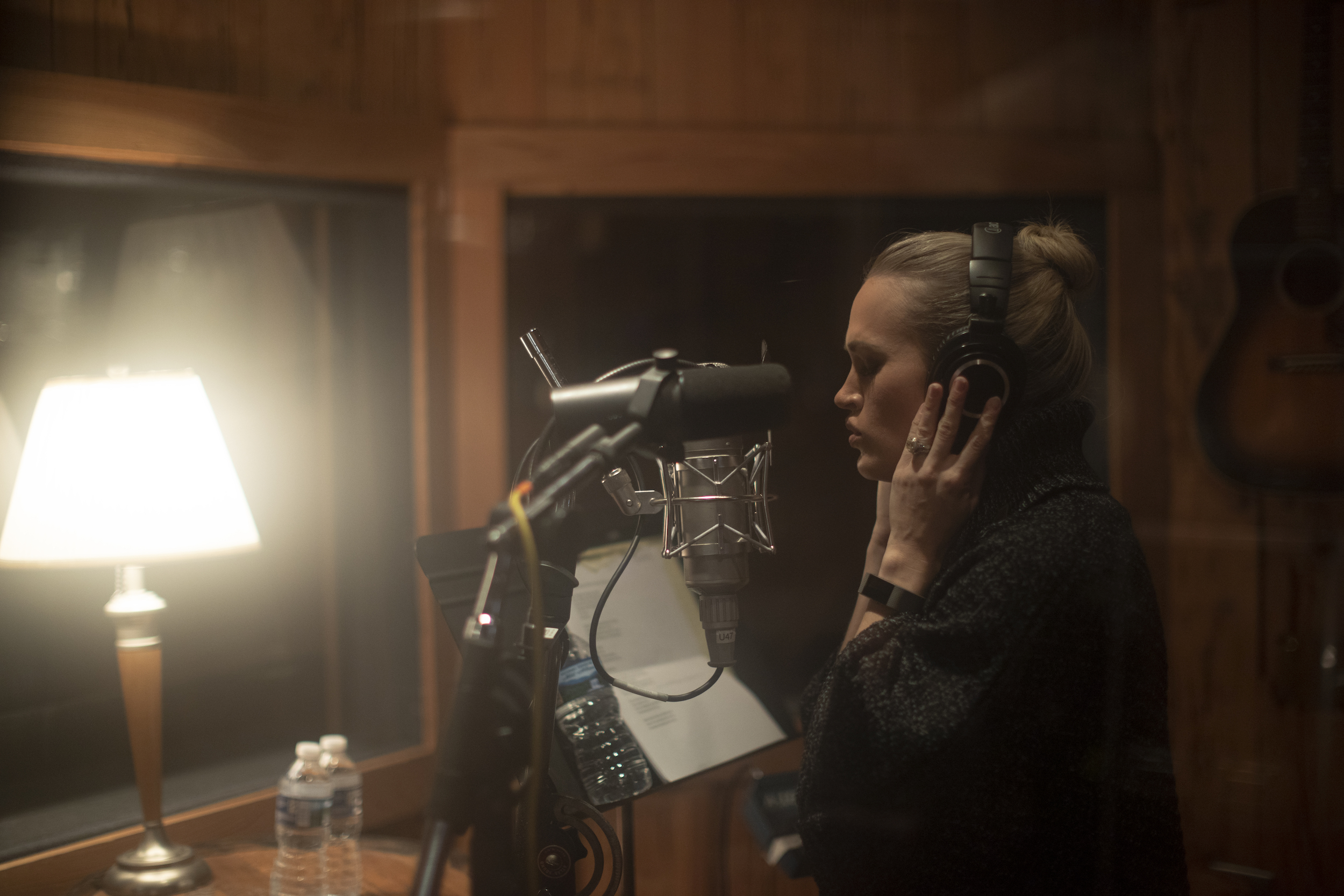
“I’ve also been very fortunate since the beginning to work with people who have valued my opinion,” she adds. “They would ask for notes, and they would listen to me. Talk to the guitar player and ask for his opinion. I’ve been lucky to work with producers who trust me. On each project I’ve tended to speak up a little more, and from early on.”
Cry Pretty is all about speaking out with a mature artist’s voice and sense of self. Underwood has said that the 18 months spent working on the project coincided with a transitional period in her life, personally and professionally, and she began to write about her own experiences and emotions rather than other’s. She wanted the process of making the record to be collaborative, and she wanted to take ownership from the beginning, starting with the songs.
“I think it’s really all about who you surround yourself with, the people in your creative circle and in your regular life,” Underwood says. “I really enjoy working with people. You say stupid things, you say smart things. You laugh. You trust them. It’s funny, but I like to write in threes, sometimes with someone I know and trust and have been with a long time, and someone who’s new. One of my biggest fears is to become stagnant as an artist; to not grow creatively. So I try to always work with creative people I’m comfortable with, and I try to search out new people, new ideas, depending on the song or the project. Everyone has their own bank of knowledge. When you pull in more people, you have that many more ideas.”
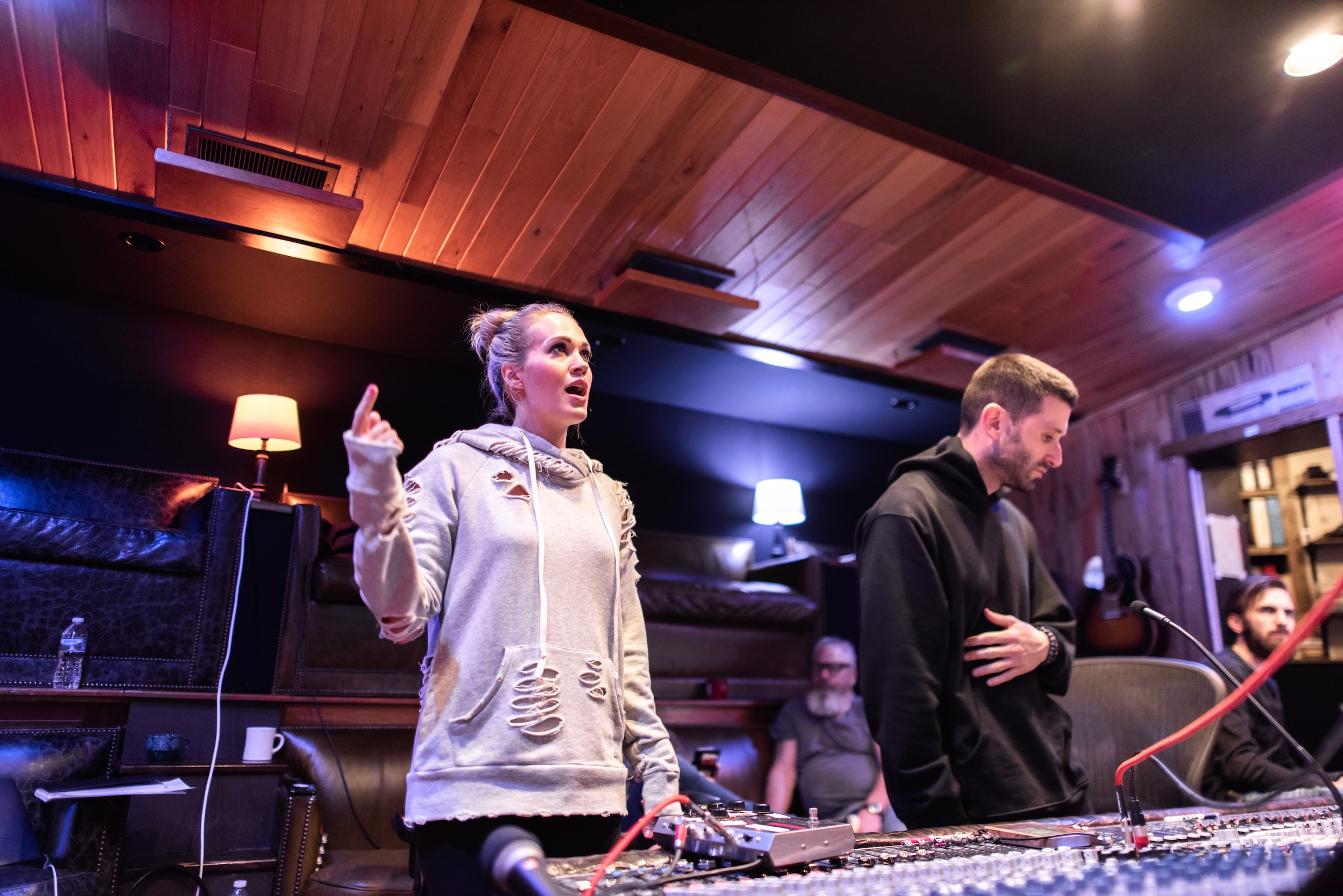
Then, right off the bat, on an early writing session, she met her co-conspirator, producer/engineer/musician David Garcia.
“I’d never worked with him before, but I knew of him, and I knew he had done a lot in the Christian music space and worked with Florida Georgia Line,” Underwood recalls. “Then my manager, Ann, said that she kept hearing his name and maybe we should give him a chance, try some writing together.
“The first song we did together—me, Brett James and David—ended up on the album, and that ended up being a great day. We had a flow going. Then we got together a few more times and wrote a few more songs. A little later we got together and I loved the demos! It turns out that David did them. I thought, ‘What the…? Who is he?’ I loved the feel of these songs. So I talked with Ann, and I said, ‘What’s his deal? Do you think he could produce, too?’ So I just took a leap and we tried co-producing a few songs together, and then it grew from there.”
Garcia also remembers the vibe and easy flow of that initial writing day. The song, he says, was “Drinking Alone,” and over the next few sessions they had developed some pretty good songs, he thought. “At some point she called me over for a meeting and she said, ‘Would you feel comfortable going in with me on a couple of these songs and us doing them together?’” Garcia recalls. “I was like, “Uh, yeah. Absolutely. Where do I sign?’ There was a lot of great energy around what we were doing, and I really enjoy that.”
Writing took place with a number of collaborators (Underwood co-wrote nine of the 13 tracks on the album) in a number of locations, much of the time at Underwood’s writing cabin. When she is focused on writing, she likes to get away and write. When recording, she’s recording. When on tour, she likes to be on tour. She engages in the task at hand, she says, and she works hard.
When they had the songs ready, they went into the studio.
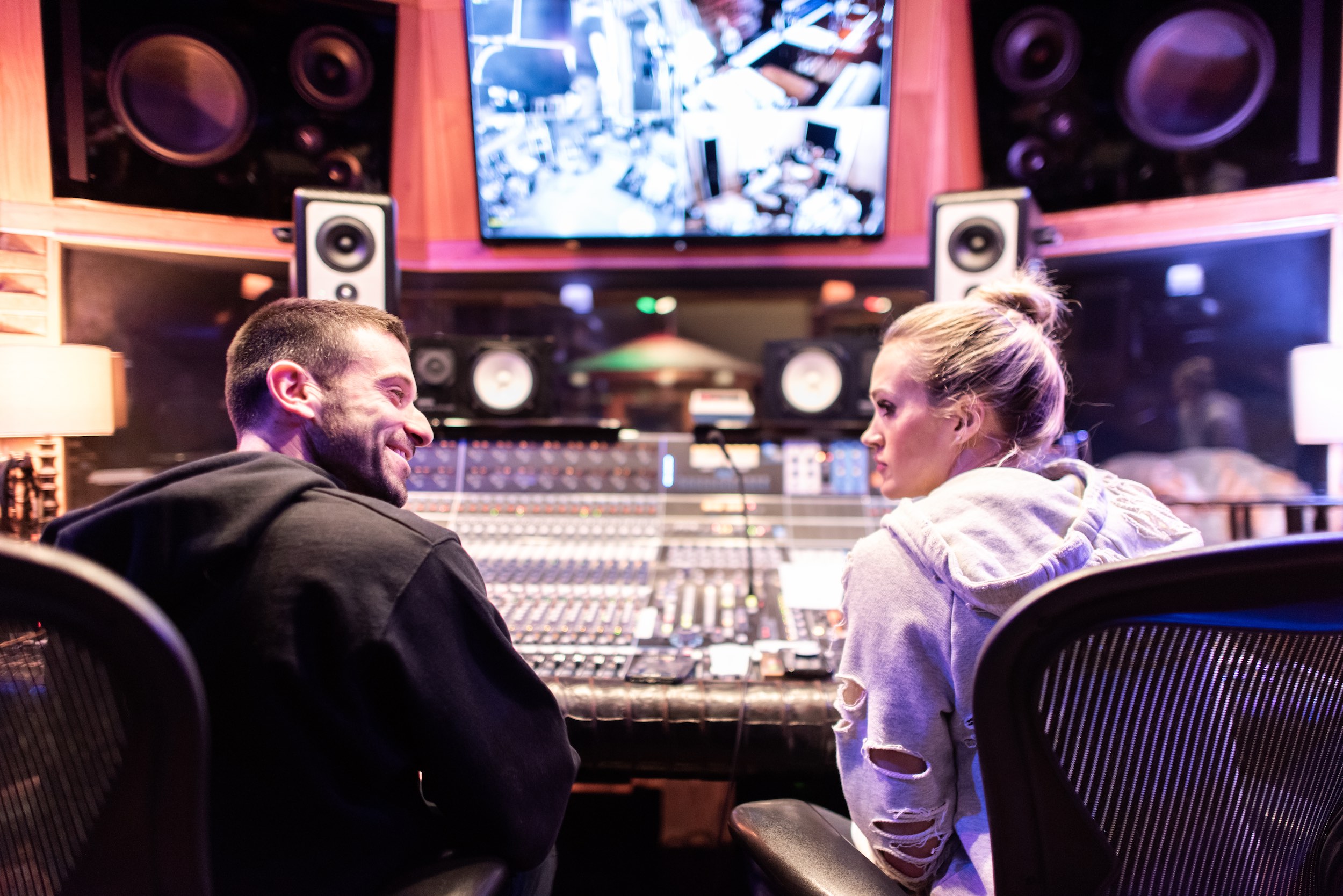
The Musicians Bring It
Band tracking took place over a couple of weeks at Southern Ground in Nashville, often referred to as Zac Brown’s place. The big open room was appealing, as was the API console and the relaxed control room space. Everybody liked the vibe and comfort.
“I’ve learned that inside the studio, everybody brings their own creative pieces to fit in the puzzle,” Underwood says. “You have some that are familiar, some that are new. On this album, we had Chris McHugh, Tom Bukovac and Jimmy Lee Sloas. Some of them have been on all my records. You start to realize that these musicians are creative forces in the studio. I’ve learned that it’s best to start off by just sitting down in the studio and seeing what comes out.
“So usually I will play the demo for the band, and they will sort of just jam a few times through it,” she continues. “Then they’ll go in, set up and start adding to it; whatever the song is feeling. Then, when they’re comfortable, I’ll go in and sing along with them in the room. There’s definitely a different energy in the room when a band has a singer right there with them. It’s like, ‘Mom’s here!’ [Laughs.] But everybody seems to just step it up. And it’s the same thing for me as a singer. It’s way different singing to track versus singing with the band. You feel it differently. You respond to the music differently.”
“Carrie would go in the vocal booth and not just fool around. She would sing it for real,” Garcia adds. “You would literally watch everybody in the room go, ‘Holy cow! Something magical is going to take place.’ My job was to know that in that moment we captured something.”
The title track provides a good example of capturing that magic, both on guitar and vocal. “’Cry Pretty’ was one of those songs where what the band did that day was really close to what was released,” Garcia says. “The guitar solo you hear was one take from Tom Bukovac, and he just crushed it. Carrie and I were just looking at each other and went, ‘Wow! Yes!’ We pressed Stop and said, ‘Okay. Done. Wow.’ This is why we got everybody together.”
And then came Underwood: “At the end of ‘Cry Pretty’ I had no clue what was going to come out of my mouth. [Laughs.] I didn’t know how many bars it would go, or how the guitars were going to bring it in. They were wailing away. I kept holding the notes. Now that could turn into a train wreck very easily, but that’s why it’s important that you all get together in a room. You sometimes go places, and you have no idea how it’s going to turn out. Sometimes it’s magic.”

The Power in a Voice
Underwood does possess one of those voices that stands out, even in a town of amazing voices. It’s powerful, dynamic and pure, while at the same time intimate and emotional. It definitely has volume.
“I’m loud. I can be really loud when I sing,” Underwood laughs. “I like to hold notes, bring that power. A lot of mics I could just blow out when I take a note and go long.”
On most of the record, she sang into a favored Telefunken ELAM 251, which she had modified to suit her voice the way she likes it. On a few songs she sang into Garcia’s Manley Reference mic because of the way it fit the track.
“Carrie is a pleasure to record, and she loves to sing,” Garcia says. “The only real challenge is in making sure that you have your gain staging just right. A lot of times, I’ll use two compressors in a chain because she’s such a dynamic singer. She can literally, in one line, go from singing very softly to blowing the microphone out. So I would use an 1176 first to really grab the main peaks, then a CLM1B second, a slower compressor, to get everything the 1176 didn’t get. Nothing was too aggressive, but using them together allowed me to grab the lower stuff, and then when she really hit it we could level it out a bit. We had a setting she could comfortably move in and out of.”
Following the Southern Ground sessions, most of the overdubs took place at Garcia’s studio, where he has a range of vintage front-end hardware (including a go-to Pacifica preamp) feeding his Logic/Pro Tools systems, along with some favorite mics.
“Rob McNelley did a lot of guitar work for the record here, and we did all the acoustic stuff here,” Garcia says. “Dobro, banjo, mandolin—we would get those tones dialed in because they are so crucial to country music; that midrange. If you get that right, everything else works itself out around it.”
Joe Baldridge engineered the sessions at Southern Ground and brought, besides just great tracks, some innovative overhead mic techniques that allowed for a lot of flexibility in the mix. Garcia gets some engineering credit, too. Seven of the songs were mixed by Serban Ghenea, three by Chris Lord-Alge, and two by Mark Endert. The bonus track, “The Champion,” featuring Ludacris, was produced by Jim Jonsin and mixed by Jonsin, Niko Marzouca and Robert Marks. The project was mastered by Joe LaPorta at Sterling Sound.
Learning as a Producer
The process of making the record was long, Underwood says, and she was just finishing up some of the last promo for the year when we talked with her in early December. Things were settling down, she said, then laughed, “Well as much as I can when I’m just about to have a baby. Then we’re going to be going out on tour in May.”
Still, she has found time to reflect on the previous 18 months and her new role in bringing forth her music and her sound.
“I definitely gained a better appreciation for musicians and what they bring to the whole creative process,” she says. “From the initial jam sessions, through overdubs, listening to playbacks—it’s just how dang good they are! And they bring so much to the songs.
“Before I actually became a ‘producer,’ I would tend to listen for perfection, especially on my voice,” she concludes. “I would break it down to the tiniest thing. I can’t stand AutoTune, so I would just go back out and sing it again. But this time David forced me to listen to things with a ‘feel-ear,’ I guess you would call it. I realized that the more I would try to be technically perfect, the more I was selling things short when it came to feel. Sure, this vocal might be technically better, but now I feel that I’m listening to new things—to new ways of feeling the emotion of a song or a performance. On this record, I’ve opened my eyes and ears to a new way of listening.”
Want more stories like this? Subscribe to our newsletter and get it delivered right to your inbox.
